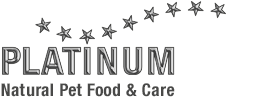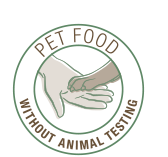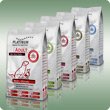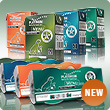
Dog Food Test Report
Test reports on products are everywhere nowadays – both from test laboratories and directly published by consumers. There are many studies of dog foods by various institutes, such as the “Stiftung Warentest” (Product Testing Foundation), which are designed to help direct a consumer to the right choice of products.
But does this type of study really help in deciding purchases and evaluating dog food products? In order to understand dog food tests and their results correctly, one needs to properly know and understand the test procedures properly.
Some basic facts: Most test results make conclusions about the safety of individual dog food products. This is generally included in all cases. Similarly, most dog food tests verify that the products follow the legal regulations on the required product information. In addition, the studies usually confirm that the dog food tested appropriately provides a dog with the minimum nutritional requirements as outlined by food scientists' general recommendations.
Therefore, if the test grades the dog food as “good”, it can be safely fed to a dog without risking a deficiencies in crucial nutritional ingredients.
Unfortunately, a few decisive criteria are not rated in most dog food tests: For instance, the question of how well the ingredients are processed and digested by a dog is generally not mentioned, nor are questions regarding the quality of the processed additives.
Check if the tests answer the following questions:
Has animal bone meal been processed in the food (and if so, of what quality)?
Has fresh meat been used?
What proportion of meat, which is the source of the protein in the food, is used?
Has additional food ingredients that are not included in the standard scientific recommendations mentioned? For example, does the test include valuable herbs or green lipped mussel extracts? These complete a balanced diet for the animal.
Furthermore, in most tests dog food with a group declaration such as “meat and animal by-products” is falsely placed on the same level as a product that has individually specified components. In contrast to the group declaration (which leaves the consumer in the dark about the exact composition) the individual declaration lists all the nutritional ingredients. It is also very rare that dog food tests indicate how the food is preserved or whether the production process uses taste or colour additives.
Our advice: Stay in control of the decision making process and always read the dog food label carefully! Dog food tests in the current form (unfortunately) give at most a broad guide and by no means indicate which food product is best in the long term for your pet.

















































